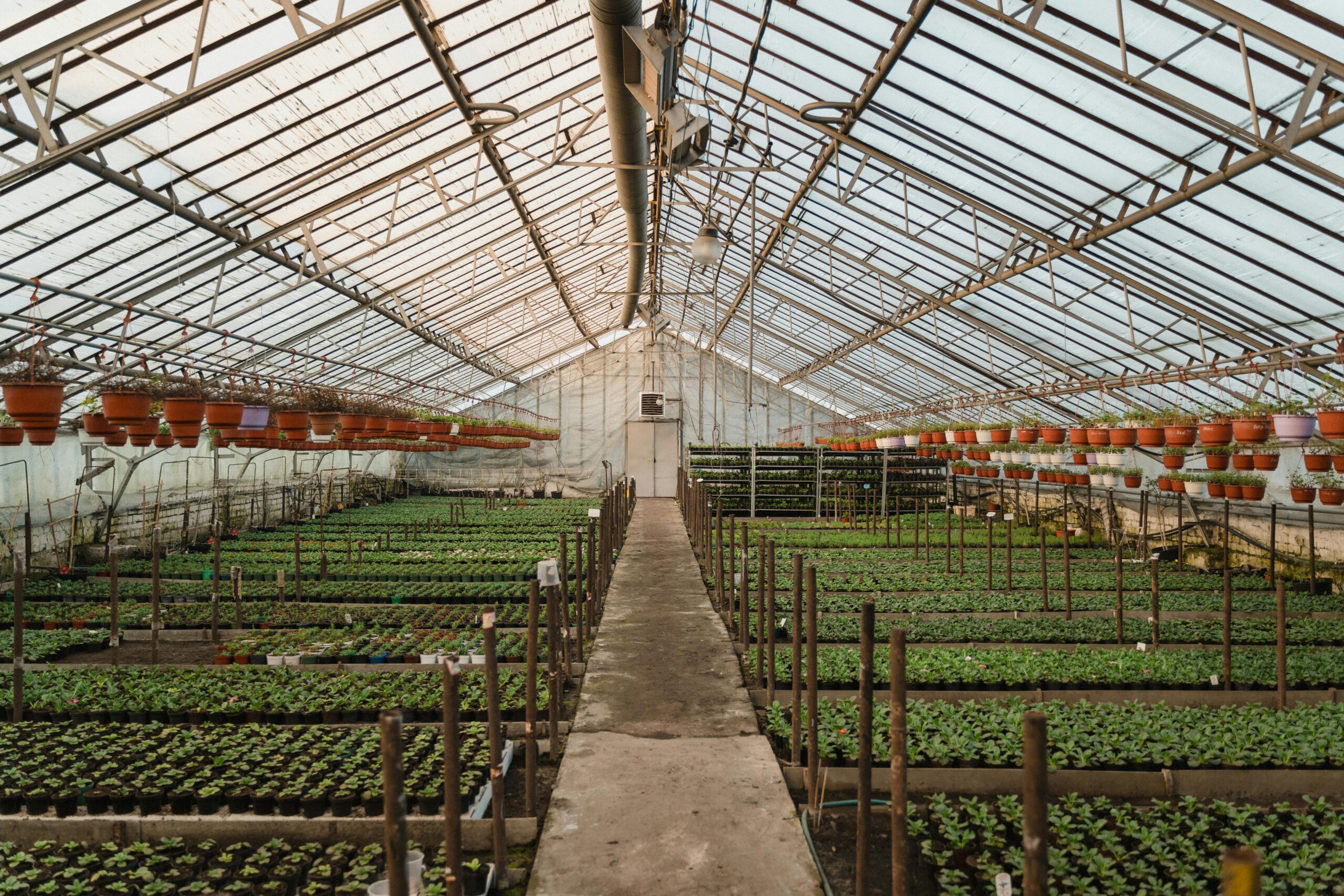Tariffs play a critical role in shaping agricultural trade by altering cost structures, influencing production decisions, and reshaping global supply chains. For grain markets, where pricing and trade flows are highly sensitive to policy changes, the introduction or removal of tariffs can have far-reaching consequences.
Mechanisms of Tariff Influence on Grain Markets
Tariffs function as additional taxes on imported goods, increasing costs for buyers and influencing relative competitiveness. In grain markets, the primary effects of tariffs can be categorized as follows:
- Price Adjustments: Higher tariffs increase the landed cost of imported grains, making domestic alternatives more attractive. While this benefits local producers, it can also raise input costs for industries relying on grain, such as livestock and biofuel sectors.
- Trade Diversion: Nations subject to tariffs seek alternative suppliers, leading to shifts in global trade patterns. This can create supply surpluses in some regions while causing shortages in others, driving price volatility.
- Production Incentives: Reduced import competition may encourage domestic farmers to expand production. However, this depends on input availability, climatic conditions, and long-term market stability.
- Market Retaliation: Countries facing import restrictions often respond with counter-tariffs, affecting overall trade volumes and increasing uncertainty in commodity pricing.
Empirical Evidence of Tariff Impacts on Grains
Historical trade disputes provide valuable insights into how tariffs influence grain markets:
- U.S.-China Trade War (2018-2019): When China imposed a 25% tariff on U.S. soybeans in response to U.S. tariffs on Chinese goods, U.S. soybean exports to China plummeted. As a result, domestic soybean prices fell, leading to government intervention through farmer aid packages.
- Russia’s Grain Export Ban (2010): A drought-induced export ban acted as a de facto tariff, reducing global wheat supplies and pushing prices higher. This impacted import-dependent nations and contributed to food price inflation.
Quantitative Analysis: Tariff Scenarios and Market Response
Below is a table illustrating the projected impact of tariffs on U.S. grain exports under different scenarios:
| Scenario | Tariff Rate | Estimated Reduction in U.S. Grain Exports | Source |
|---|---|---|---|
| Moderate Retaliation | 25% | $7.9 billion | AgWeb (2024) |
| Severe Retaliation | 60% | $15.8 billion | AgWeb (2024) |
These projections highlight the sensitivity of grain exports to tariff policies, reinforcing the importance of trade stability for the agricultural sector.
Conclusion
Tariffs are powerful tools that reshape global grain markets, influencing prices, production decisions, and trade flows. While they may offer temporary protections to domestic producers, retaliatory measures and supply chain disruptions often introduce long-term inefficiencies. Understanding these dynamics is crucial for buyers, producers, and traders navigating an increasingly complex agricultural trade landscape.


